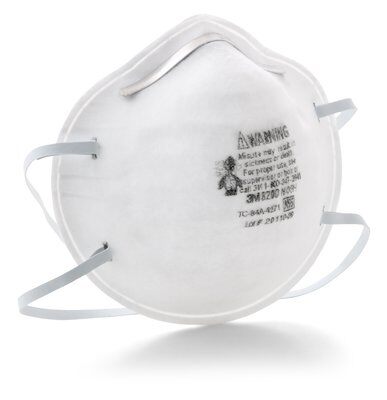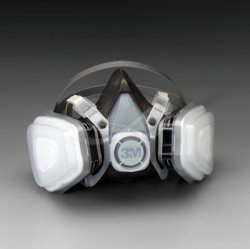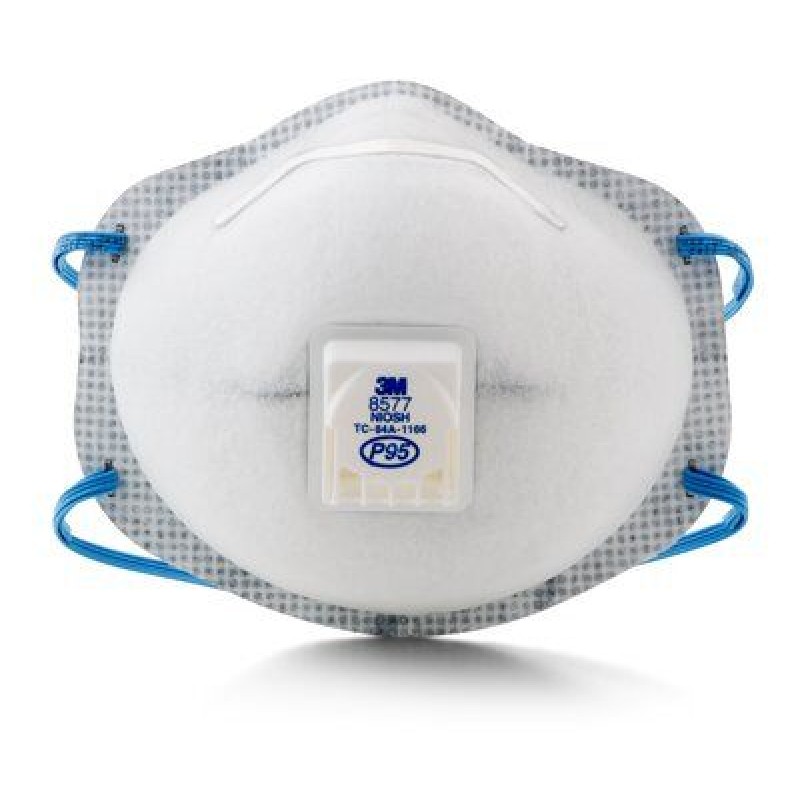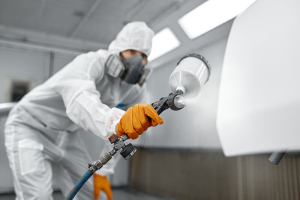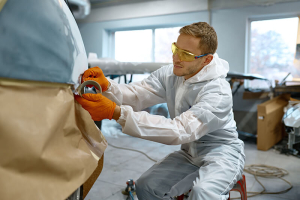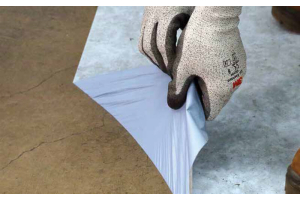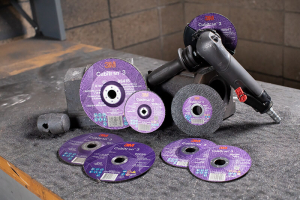Don't Let Expired Disposable Respirators Endanger Your Workers
Disposable Respirators Don't Last Forever:
Are You Replacing Them Regularly?
When managing your company's stock of safety products, it's important to pay extra attention to your disposable respirators. Respirators – used to protect wearers against particulate airborne hazards – can expire after a set period and it's important to replace them regularly.
For organizations that work around particulate hazards, it's important that employees are using disposable respirators to help reduce exposures to these potentially harmful substances. The specially-designed filter media in the respirator traps particulates that pass through when the wearer inhales. For optimal protection, the user needs to have a proper seal that keeps outside air from leaking around the edges of the respirator.
So how do respirators "expire?" Here's what to look for:
Respirators Deteriorate Over Time
It's important to monitor the amount of time a respirator has been in the stockroom. As the disposable respirator sits in storage, its components - such as the strap and nosefoam - may degrade, affecting the quality of the fit and seal. These expired respirators may no longer meet the National Institute for Occupational Safety and Health (NIOSH) certification guidelines.
In order to ensure all disposable respirators are operating at their optimal levels, 3M has set shelf life guidelines. Expiration dates vary according to respirator type, filter media, other materials used in construction and date of manufacture.
On 3M disposable respirators, you can find this information on the side or bottom of the package. An hourglass icon will be nearby to help you identify the expiration date, which is different from the "factory" icon near the date of manufacture.
Here is an example of how storage conditions and shelf life will be depicted in the IFU and primary box respectively (this is an example only):
When stored in original packaging between temperatures from -4°F (-20°C) to +86°F (+30°C) and not exceeding 80% RH, the respirator may be used until the date specified on packaging located next to the "Use by Date" symbol.
Storage Tips
Manufacturers can help prolong the life of their disposable respirators by providing optimal storage conditions. In the United States, per 29 CFR 1910.134, OSHA requires that respirators be stored in the original packaging and away from contaminated areas, dust, sunlight, extreme temperatures, excessive moisture and damaging chemicals. Canada's CSA Standard Z94.4 has a similar requirement.
Here are some tips to optimize your storage:
- Always store respirators in their original packaging
- Keep respirators away from contaminated areas, dust, sunlight, extreme temperatures, excessive moisture and damaging chemicals
- Implement good inventory management practices, including stock rotation
Disposal Of Expired Respirators
So, what's the best way to deal with your expired inventory? Rather than just tossing your old disposable respirators in a landfill, there are other better options for a more environmentally sustainable and cost-effective disposal.
Option 1: Recycling
Your expired respirators can be recycled into new plastic products. For instance, through Deltco Plastics, there is no charge for this service (customers do pay shipping charges). Contact Deltco or your recycling provider to confirm eligible products, quantities and fees (if any).
Option 2: Donation
Older product that has at least 12 months of shelf life remaining can be given to groups in need. 3M will help you find donation options for your N95 stockpile. This solution may also allow your organization to receive a tax credit. Contact Michael Stroik at 651-736-7068 or mstroik@mmm.com to see how 3M's philanthropic arm, 3Mgives, may be able to help.
In order to help hospitals, emergency preparedness agencies and business continuity managers achieve their sustainability and cost management goals, 3M created the 3M™ Disposable Respirator Stockpile Maintenance Program. This gives you a variety of sustainable, convenient and cost-effective options for disposing of your aging and expired stockpiles of 3M™ N95 Respirators.
3M will aid you in locating organizations that can recycle or donate your outdated respirators. Your CW Hayden rep can also help plan a purchase schedule that can help you save money and reduce waste.
Our team can help you better manage your inventory to maximize the shelf life of your disposable respirators and other safety products. Contact your sales rep or fill out this form
See Why We're The Top Supplier For Industrial, Marine and Safety
30-Second Summary:
- ✔ Disposable respirators have a set shelf life, and using an expired respirator lessens their effectiveness.
- ✔ Properly storing your disposable respirators helps extend their life. Make sure you're storing them in the original packaging and away from contaminated areas, dust, sunlight, extreme temperatures, excessive moisture and damaging chemicals.
- ✔ For expired products, don't just toss them in the landfill. You can either recycle the expired products and donate your aging disposable respirators that have at least 12 months left on their shelf life.




